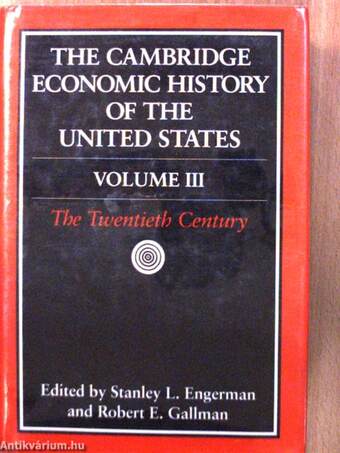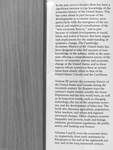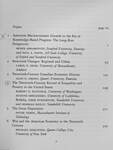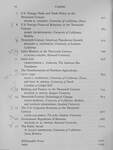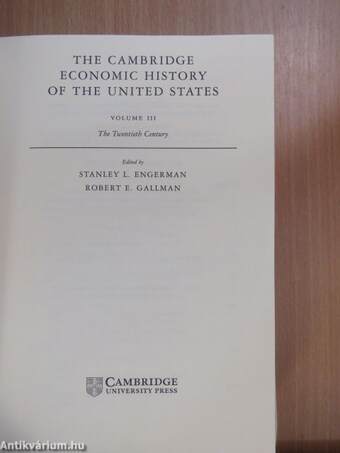1.067.937
kiadvánnyal nyújtjuk Magyarország legnagyobb antikvár könyv-kínálatát

VISSZA
A TETEJÉRE
JAVASLATOKÉszre-
vételek
The Cambridge Economic History of the United States III.
The Twentieth Century
| Kiadó: | Cambridge University Press |
|---|---|
| Kiadás helye: | Cambridge |
| Kiadás éve: | |
| Kötés típusa: | Fűzött keménykötés |
| Oldalszám: | 1.190 oldal |
| Sorozatcím: | The Cambridge Economic History of the United States |
| Kötetszám: | 3 |
| Nyelv: | Angol |
| Méret: | 24 cm x 16 cm |
| ISBN: | 0-521-55308-3 |
naponta értesítjük a beérkező friss
kiadványokról
naponta értesítjük a beérkező friss
kiadványokról
Fülszöveg
In the past several decades there has been a
significant increase in our knowledge of the
economic history of the United States. This
has come about in part because of the
developments in economic history, most
particularly with the emergence of the sta-
tistical and analytical contributions of the
"new economic history," and in part
because of related developments in social,
labor, and political history that have impor-
tant implications for the understanding of
economic change. The Cambridge
Economic History of the United States has
been designed to take full account of new
knowledge in the subject, while at the same
time offering a comprehensive survey of the
history of economic activity and economic
change in the United States, and in those
regions whose economies have at certain
times been closely allied to that of the
United States: Canada and the Caribbean.
Volume III surveys the economic history of
the United States and Canada during the
twentieth... Tovább
Fülszöveg
In the past several decades there has been a
significant increase in our knowledge of the
economic history of the United States. This
has come about in part because of the
developments in economic history, most
particularly with the emergence of the sta-
tistical and analytical contributions of the
"new economic history," and in part
because of related developments in social,
labor, and political history that have impor-
tant implications for the understanding of
economic change. The Cambridge
Economic History of the United States has
been designed to take full account of new
knowledge in the subject, while at the same
time offering a comprehensive survey of the
history of economic activity and economic
change in the United States, and in those
regions whose economies have at certain
times been closely allied to that of the
United States: Canada and the Caribbean.
Volume III surveys the economic history of
the United States and Canada during the
twentieth century. Its chapters trace the
century's major events, notably the Great
Depression and the two world wars, as well
as its long-term trends, such as changing
technology, the rise of the corporate econo-
my, and the development of labor law. The
book also discusses agriculture, population,
labor markets, and urban and regional
structural changes. Other chapters examine
inequality and poverty, trade and foreign
relations, government regulation, the public
sector, and banking and finance.
Volumes I and II cover the economic histo-
ry, respectively, from early settlement by
Europeans to the end of the eighteenth cen-
tury and of the long nineteenth century. Vissza
Témakörök
- Közgazdaságtan > Gazdaságtörténet > Összefoglalók
- Közgazdaságtan > Közgazdasági elméletek > Tőkés országok gazdasága
- Idegennyelv > Idegennyelvű könyvek > Angol > Közgazdaságtan > Gazdaságtörténet > Összefoglalók
- Idegennyelv > Idegennyelvű könyvek > Angol > Közgazdaságtan > Közgazdasági elméletek > Tőkés országok gazdasága
- Közgazdaságtan > Lexikonok, kézikönyvek, szótárak
- Idegennyelv > Idegennyelvű könyvek > Angol > Közgazdaságtan > Lexikonok, kézikönyvek, szótárak
Megvásárolható példányok
Nincs megvásárolható példány
A könyv összes megrendelhető példánya elfogyott. Ha kívánja, előjegyezheti a könyvet, és amint a könyv egy újabb példánya elérhető lesz, értesítjük.



